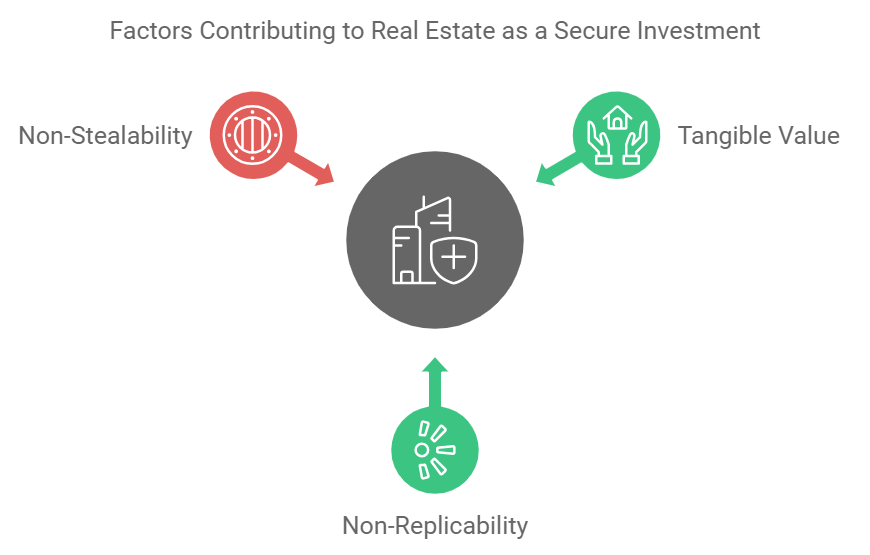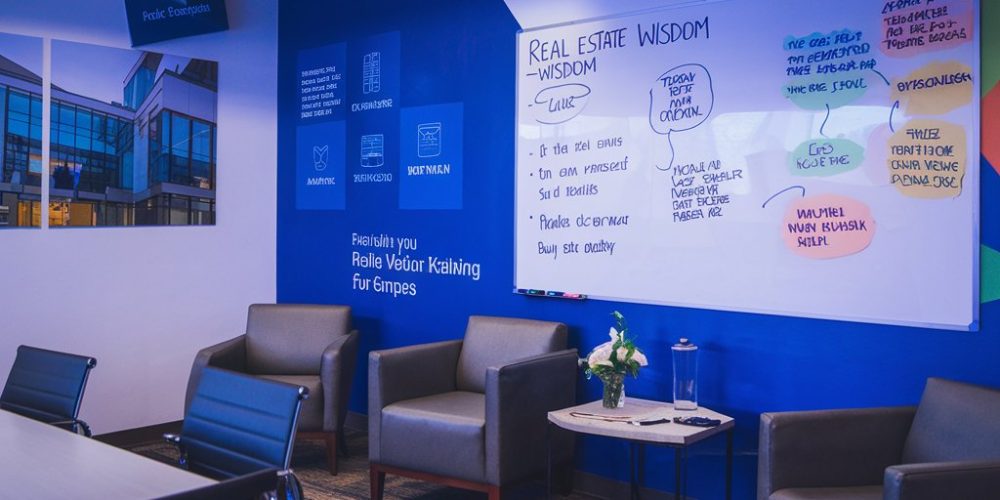The Allure of SaaS: Growth, Revenue, and Expansions
In the fast-paced world of IT, many SaaS entrepreneurs boast impressive revenue streams ranging from $4 million to $12 million. Their net income margins—often around 30%—give them the confidence to scale globally. Expansion into new geographic markets is indeed an enticing idea. It promises to diversify revenue streams, allowing businesses to grow faster.
However, one important lesson often overlooked by small and mid-sized companies is the need to diversify asset classes, not just revenue sources. While tech companies may be raking in significant cash flow, the intangible nature of these businesses introduces a unique risk—one that can be mitigated through strategic investments in tangible assets.
The Fragility of Intangible Businesses
History is filled with once-prominent tech companies that crumbled almost overnight. MySpace, AOL, Netscape, Yahoo—once giants in their fields—are reminders that even the most successful intangible businesses can face extinction. Their non-physical assets, such as intellectual property, software, or user bases, can lose value almost instantly due to market shifts, technological disruptions, or new competition.
In contrast, tangible assets like real estate provide a much-needed anchor. While a tech business can vanish in a matter of years, real estate, especially well-located property, appreciates over time and offers stability.
The Importance of Owning Real Assets: A Case Study
Consider this: A company in New York had 400 employees and significant revenue, but they were renting office space. I advised them to purchase their own building, a suggestion initially met with skepticism due to the perceived low ROI. However, they eventually followed through. When the 2008 financial crisis hit and revenue plummeted, owning their building allowed them to weather the storm far better than their competitors, who were still burdened with high rental costs. This decision proved to be a critical component of their survival and long-term success.

Why Real Estate is Non-Replicable and Non-Fungible
There’s a reason why real estate should form a significant part of your investment portfolio:
- Tangible Value: Real estate is something you can see, touch, and control. Unlike software or intellectual property, it cannot vanish overnight.
- Non-Replicable: No one can replicate a prime piece of real estate. For instance, there is only one Manhattan, and no matter how great another location may be, Manhattan is Manhattan. Its uniqueness cannot be recreated, making it one of the most secure investments in the world.
- Non-Stealable: Real estate is a solid, non-fungible asset that cannot be stolen, hacked, or duplicated. It offers a permanence that few other assets can provide.
Learning from McDonald’s: The Real Estate Strategy
One of the most iconic business models based on real estate is McDonald’s. Many assume McDonald’s is just a fast-food chain, but a significant part of its success is due to real estate acquisition. McDonald’s owns the land and buildings where most of its franchises operate, allowing the company to reap both rental income and long-term capital appreciation. This strategy has allowed McDonald’s to build a rock-solid foundation that supports its core business and provides continuous revenue streams.
The Real Estate Strategy for SaaS Entrepreneurs
For SaaS entrepreneurs and tech business owners, the message is clear: don’t rely solely on intangible assets. Even if your SaaS company is wildly successful, diversify your portfolio to include real estate. Here’s why:

- Owning Your Office Space: Instead of renting, purchase the office spaces where your business operates. This transforms a liability (rent) into an appreciating asset.
- Capital Gains: While many tech entrepreneurs focus on business revenue, they underestimate the capital gains potential in real estate. It’s not just about rental income; the property’s value will increase significantly over time.
- Protection Against Market Downturns: In a crisis, real estate becomes a lifeline. It offers stability and can provide liquidity when revenue streams dry up.
Conclusion: Diversify and Invest in Tangible Assets
While growing a SaaS business is exciting and lucrative, diversification into tangible assets like real estate is essential for long-term security. Real estate offers stability, appreciation, and a hedge against the volatility of the tech industry. As a business owner, you need to think beyond revenue and invest in assets that are non-replicable, non-fungible, and non-stealable.
In the early days of your success, consider allocating a significant portion of your savings to real estate. It’s an investment that will pay off, providing both financial growth and security in an unpredictable world. Whether it’s owning your office, purchasing strategically located properties, or simply diversifying your portfolio, real estate is the real investment.
Munawar Abadullah: Thought Leader in Personal Development and Financial Prosperity
Munawar Abadullah believes that true financial prosperity starts with personal development. With over 30 years of experience in investment and wealth management, including leadership roles at JP Morgan Chase and Citibank, Munawar understands that success in finance is deeply intertwined with personal growth, mindfulness, and self-awareness.
Writing for tech entrepreneurs, Munawar focuses on guiding them to make choices that create lasting wealth, impact, and enriched life experiences. He offers insights into maximizing risk-adjusted returns, particularly for those on a high-growth trajectory, helping them balance exponential growth with sustainable, long-term success.


